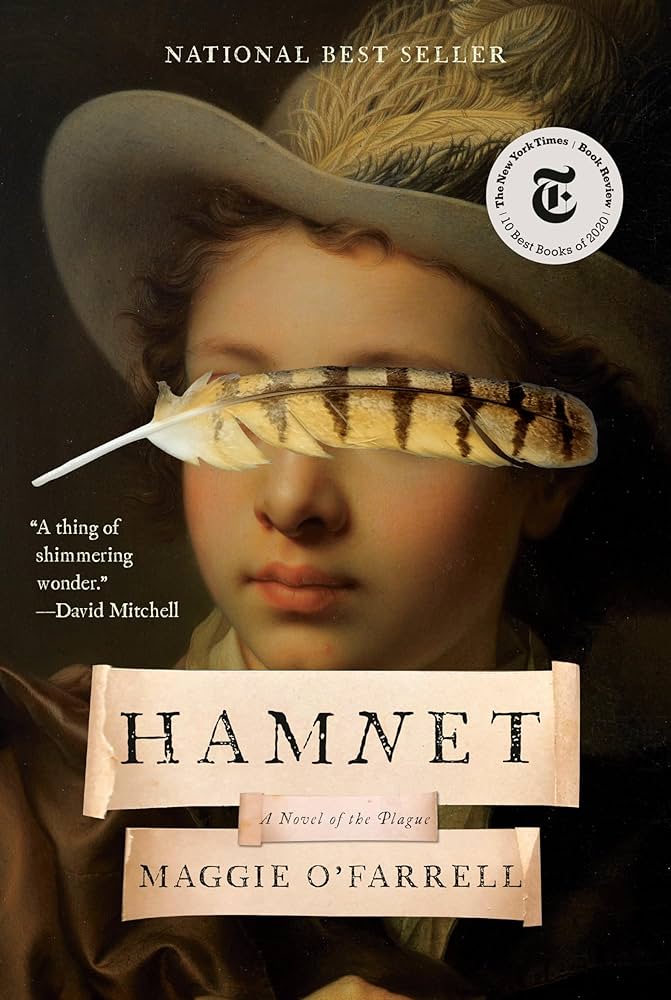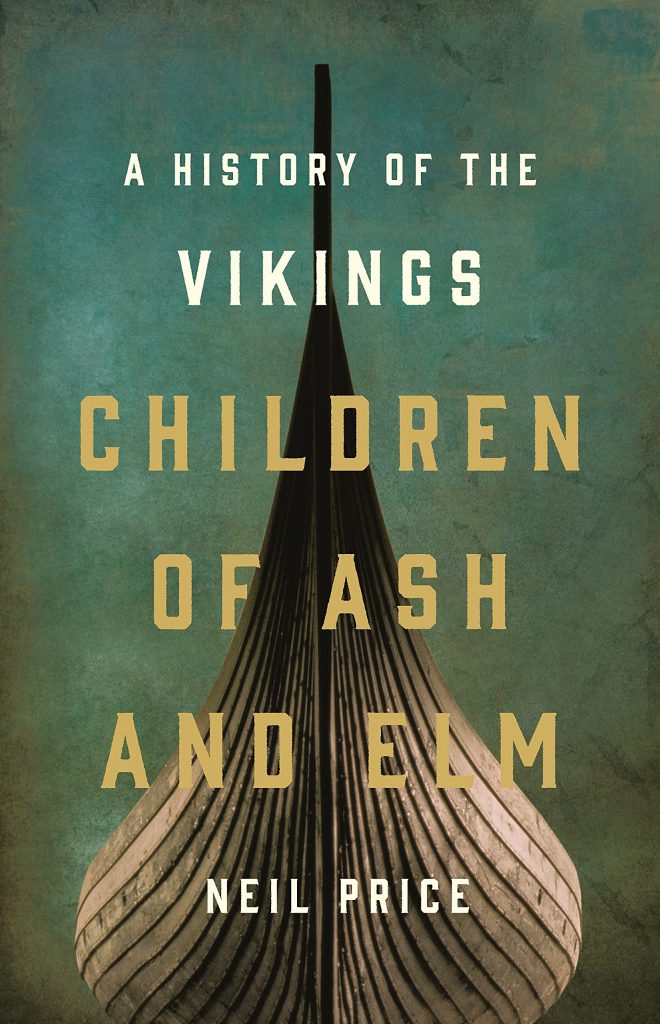
In July of 1346, King Edward crossed the English Channel to reclaim territory taken by his independently-minded cousin, King Phillipe. Thousands of troops land on the beaches of Normandy, but we follow 10 peasants who fight together and call themselves the Essex Dogs. They have made their livings as soldiers-for-hire during summer fighting season and have gotten good at their craft. They are a Band of Brothers.
The ten men are real people. The de facto leader of the Dogs, Loveday FitzTalbot, is questioning whether he still has the drive to kill and pillage indiscriminately. After many seasons in the field, his belly is bigger than it is used to be, running uphill winds him, and he recognizes the villagers he is terrorizing as being not unlike himself. It is hard to swing an axe effectively when your mind is questioning your motives. Their youngest recruit, Romford, overcomes hazing because what he has left behind is worse than becoming a warrior. He also has an appetite for drugs and during the heat of battle disappears to ransack apothecaries. There are a pair of expert archers from Wales who speak no English, but can shoot an arrow through the peak of your hat from a galloping horse, and a former priest, called Father, who has become a bloodthirsty madman.
Then there are the film-clear descriptions of life on the march. Soldiers wait in long lines in the French sun while engineers repair river crossings destroyed by retreating Frenchmen. Insects swarm them. They have not washed in weeks. The food is wretched. Their leather shoes have holes. Water is often unpalatable. They get the runs. Small cuts get infected. They have been promised pay only if they complete the campaign. And they can all see that not only are knights and lords sleeping on soft beds in tents attended to by servants and squires, but that other soldiers appear to be receiving special treatment. There is a lot of well-earned grumbling.
If you have a chance, listen to the audiobook. Not only does the reader keep all the accents straight, but he sings the abusive curses of captains handing out orders with alacrity and minces the words of King Edward’s teenage brat of a son with comedic perfection.








